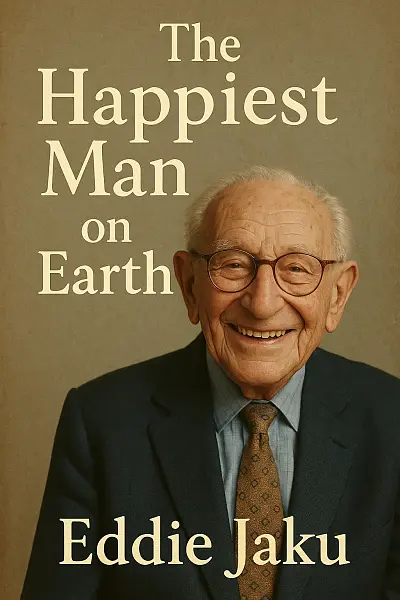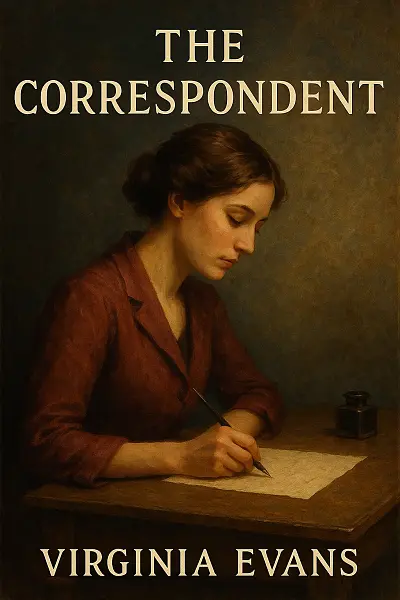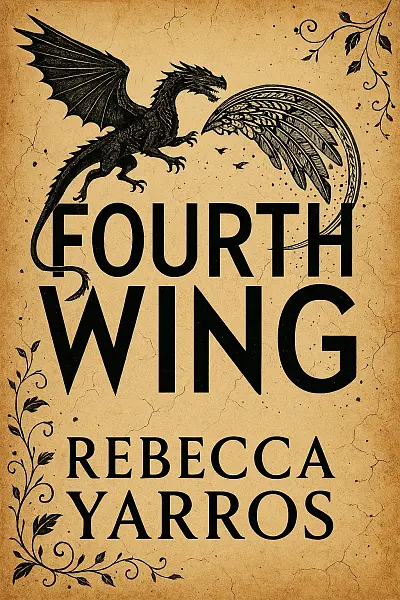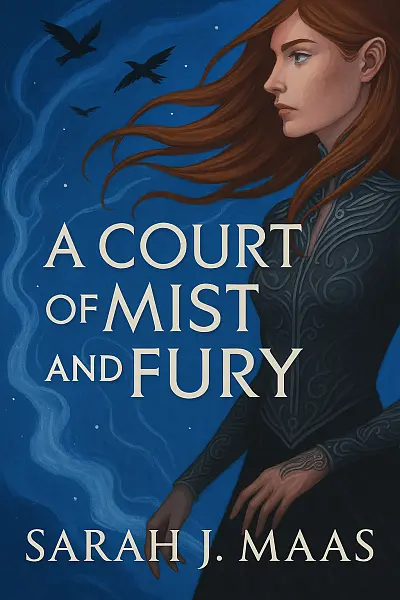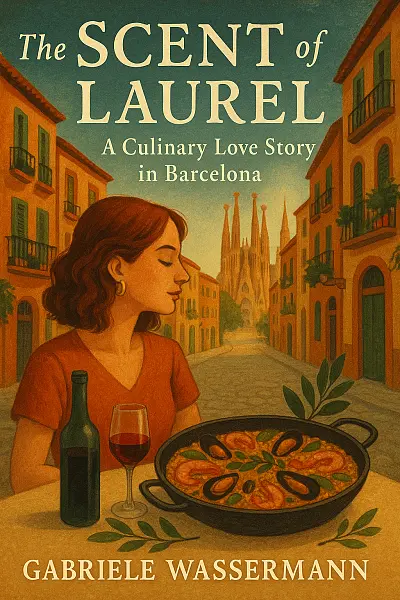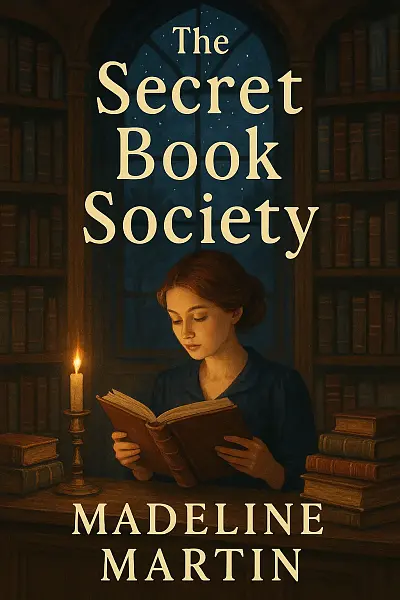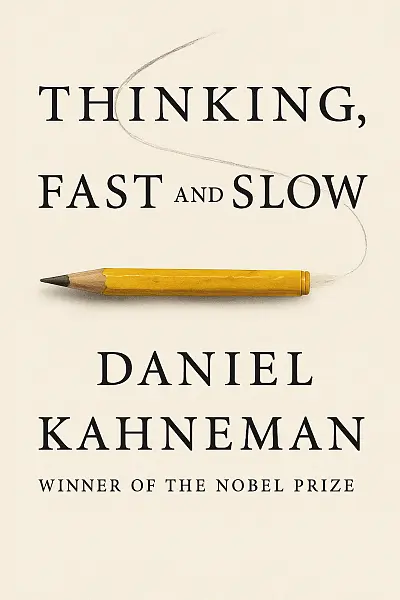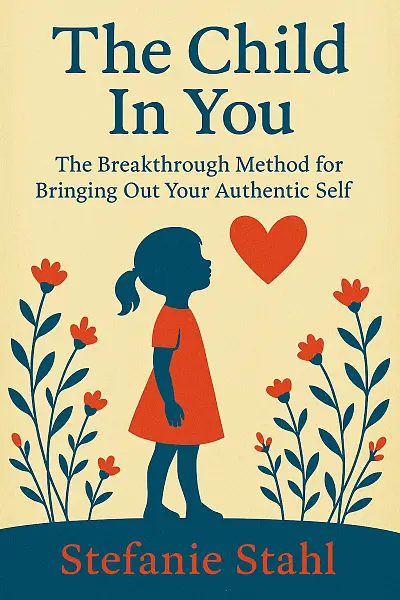
The Child In You: The Breakthrough Method for Bringing Out Your Authentic Self
by: Stefanie Stahl
The Child In You drops us straight into the mind of a struggling adult—torn between yearning for connection and feeling unworthy. Stuck in old, invisible patterns, they're haunted by emotional wounds that cloud relationships and self-image. Suddenly, an eye-opening realization strikes: these hang-ups trace back to the rejected "shadow child" within.
Thrust into a journey of self-discovery, they must face uncomfortable truths, challenge deep-seated beliefs, and bravely choose vulnerability. Everything’s riding on their ability to embrace their forgotten "sun child" spirit—the key to genuine happiness.
But will they actually break free, or stay trapped in old cycles forever?
"To heal the present, we must listen to the quiet hopes and hidden fears of our inner child, welcoming them with gentle honesty."
Literary Analysis
Writing Style
Atmosphere
- Think of The Child In You like a safe, inviting therapy room—calm, encouraging, and full of gentle honesty
- The mood is warm but matter-of-fact; you’ll find both comfort and the occasional, bracing push to self-reflect
- There’s a sense of intimacy and openness, as if the author’s right beside you, rooting for you through every exercise and aha-moment
Prose Style
- Accessible and down-to-earth: No jargon-heavy psychology here—Stahl translates big concepts with straightforward, relatable language
- Conversational without being fluffy: The tone is friendly and direct, using metaphors, anecdotes, and real-life examples to keep things lively
- Repetitive in a reassuring way: Key ideas are revisited often, almost like mantras, to really sink in
- Practical focus: Expect clear steps, bullet points, and worksheet-style prompts; the writing leans towards the actionable rather than decorative
Pacing
- Steady and methodical: The book moves at a thoughtful, guided pace, never rushing revelation
- Segmented delivery: Concepts are broken into concise, digestible chapters with natural stopping points for reflection
- You might feel nudged to pause for exercises—the flow invites you to engage, not just read straight through
- The structure builds intentionally, walking you from self-awareness toward change—think of it as a slow, supportive personal journey
Overall Feel
- Expect a friendly, gently authoritative guide who keeps things clear, encouraging, and actionable—never overwhelming
- The rhythm and style let you linger over insights without bogging you down, perfect for anyone new to self-development or craving a compassionate, hands-on approach
Key Takeaways
- Unlocking your “Shadow Child” in gut-punch confessional exercises
- Mind-blowing realization: how childhood wounds secretly shape adult relationships
- Eye-opening “Sun Child” moments that spark actual hope
- Direct, compassionate language—as if Stahl’s coaching you over coffee
- Real-world case studies: cringe-worthy arguments, raw confessions, major a-ha’s
- That exercise where you write a letter to your younger self—tearjerker!
- Empowering, step-by-step “re-parenting” toolkit you’ll actually want to try
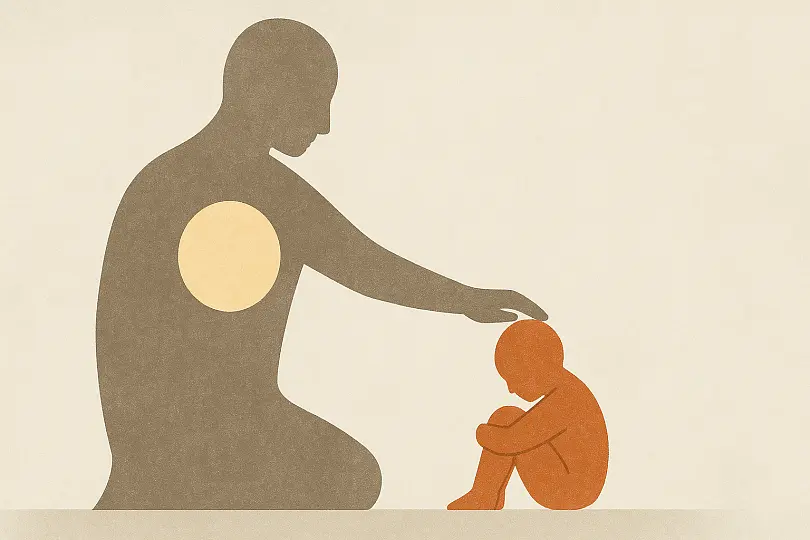
Heal your inner child—unlock lasting confidence and self-acceptance.
Reader Insights
Who Should Read This
Alright, so here's the scoop on who I think should totally pick up The Child In You by Stefanie Stahl—and who might want to give it a pass:
If you’re into:
- Self-help books with a psychology twist, especially ones that dig into why you are the way you are—you’ll be hooked.
- Exploring your past, childhood, and inner patterns to understand your adult life and relationships (Stahl is basically the friend who’ll help you connect allll the dots).
- Practical exercises—there’s a lot you can actually DO in here, so if you love a workbook vibe, this will hit the spot.
- That down-to-earth therapist energy (lots of compassion, clear language, nothing too clinical or cold).
- Quick, accessible reads—it’s pretty easy to follow and doesn’t get bogged down in jargon.
But maybe skip it if:
- You’re allergic to self-reflection or find the whole “inner child” thing a little too woo-woo for your taste (seriously, it goes all in).
- Your shelves are bursting with similar books—if you’ve read a lot of Brené Brown, John Bradshaw, or even Alice Miller, this might feel a tad familiar, though it’s more hands-on than most.
- You crave hardcore psychology or in-depth science. This is more pop-psych and big on personal work, not academic research.
- You prefer novels, stories, or heavy plot, and hate being asked to pause and reflect. This is more workbook than page-turner.
Bottom line:
If you like books that help you figure yourself out and aren’t afraid to face a few childhood shadows, you’ll probably get a ton out of this. If you’d rather not go deep into your feels, you might want to grab something lighter.
Story Overview
Ever wonder why you react the way you do—or feel stuck in old emotional patterns?
The Child In You by Stefanie Stahl invites you on a self-discovery journey, introducing the concept of your "inner child" and how its hidden wounds shape your adult relationships and self-image. With relatable anecdotes and practical exercises, this book offers a fresh, optimistic toolkit for anyone ready to heal, grow, and bring out their most authentic self.
Main Characters
-
Inner Child: Represents the vulnerable, emotional part of the self, shaped by childhood experiences. Central to the book’s method, the Inner Child serves as both a source of pain and the key to healing and self-understanding.
-
Sun Child: The positive aspect of the Inner Child, characterized by confidence, creativity, and authenticity. The goal is to nurture and reconnect with the Sun Child to embrace a more fulfilled life.
-
Shadow Child: Embodies the wounded side of the Inner Child, carrying negative beliefs and fears. Key to the narrative as the part most in need of healing and understanding.
-
Inner Adult: The rational, caring guide within each person, responsible for comforting the Inner Child and making balanced decisions. Acts as the bridge between past wounds and present self-acceptance.
If You Loved This Book
If The Child In You resonated with you, chances are you’ll find yourself drawn to Brené Brown's The Gifts of Imperfection. Both books invite readers to peel away the protective layers built up over time, encouraging greater authenticity and self-acceptance. However, where Brown leans into wholehearted living through personal stories and cultural critique, Stahl’s focus on inner child work gives readers practical frameworks to understand—and heal from—childhood patterns.
Another great touchpoint is John Bradshaw’s classic Homecoming: Reclaiming and Healing Your Inner Child. Both authors root their work in the concept that unresolved childhood wounds shape our adult selves, but Stahl’s step-by-step exercises and approachable writing style make her guide feel especially accessible if you’re just starting this kind of introspection. Bradshaw is thorough and at times more clinical, while Stahl brings warmth and simplicity to exploring those deeply buried parts of ourselves.
On the screen, fans of the NBC series This Is Us will sense familiar terrain in Stahl’s compassionate approach. Just as the show beautifully depicts how the past subtly shapes each character’s present—and the ways family dynamics echo across generations—The Child In You explores how understanding your younger self can radically transform your relationships and choices today. Both deliver that feeling of hope that, with the right tools and perspective, old wounds can give way to lasting change.
Expert Review
Is it ever too late to heal the wounds from childhood, or do we simply carry them, quietly shaping every adult interaction and emotion? Stefanie Stahl’s The Child In You leans into this provocative question, urging us to turn inward—to the vulnerable spaces we often lock away—if we want to truly thrive. By inviting readers to befriend rather than battle their inner child, Stahl challenges the myth that maturity means leaving the past behind. Instead, she suggests, it’s about learning to listen.
Stahl’s writing is a refreshing blend of warmth and clarity, sidestepping self-help clichés for a direct, often engaging tone. Her use of storytelling is both approachable and practical: real-life vignettes illustrate her psychological insights, bridging the gap between theory and the reader’s lived experience. The language is deceptively simple, making complex emotional concepts digestible without losing nuance—a rare feat in a genre infamous for either overcomplicating or oversimplifying. Clever exercises, like the three positions of perception, dot the chapters, encouraging readers to apply ideas in lived moments, not just in theory. Stahl’s style is intimate but never intrusive; you feel coached rather than coddled, empowered rather than judged.
Thematically, the book centers on the powerful dichotomy between the “shadow child”—the reservoir of old hurts and coping mechanisms—and the “sun child,” our innate capacity for joy and confidence. Stahl mines these concepts for their universal resonance: how do we reconcile our longing for love with the scars of early rejection? The book’s practical focus on overwriting old memory scripts speaks to its contemporary relevance, exploring the intersection of neuroscience, emotion, and choice. Stahl deftly unpacks issues of attachment, trust, and self-worth with a sensitivity that acknowledges trauma without pathologizing it. Her premise—that the past is not fixed but can influence and be reinterpreted—echoes through every chapter, encouraging a compassionate, constructive approach to personal growth.
Within the crowded self-help genre, Stahl’s approach stands out for its balance of accessibility and psychological rigor. Unlike the often abstract or mystic advice in similar works, The Child In You is firmly grounded in cognitive-behavioral principles, yet it never lapses into dry textbook language. Fans of Gabor Maté or Susan Forward will find much to appreciate, yet Stahl’s focus on practical, daily exercises gives her method a unique, actionable edge.
Still, the book isn’t without its blind spots. The repetitive structure and occasionally simplistic dualities—shadow versus sun—risk flattening the complexity of the human psyche. Not every reader may resonate with the exercises, and some may long for deeper dives into cultural, familial, or systemic influences on childhood wounds.
Ultimately, Stahl’s book matters now because so many adults feel haunted by issues they can’t quite name. Her accessible voice, actionable advice, and emotional insight make this a standout in self-development, even if it sometimes opts for clarity over complexity. For anyone ready to understand—rather than outgrow—their inner child, it’s a deeply encouraging read.
Community Reviews
didn’t expect to see my younger self so clearly reflected. The part about the "shadow child" completely threw me off. Suddenly, I was rethinking every overreaction I've ever had. Absolutely wild, but also kind of necessary.
I swore I’d just skim it, but then I hit the part about the "sunny child" and suddenly I was up at 2 a.m. thinking about my own childhood defenses. This book really sneaks up on you.
Honestly, I thought this would be another self-help cliché but then Stahl dropped that line about "befriending your shadow child" and suddenly I was wide awake at 2am, rethinking every argument I’ve ever had. This book really messed with my sleep schedule!
SO, THERE'S THIS LINE: "Your inner child determines your adult life." It hit me like a freight train. I kept flipping pages, obsessively digging through memories, unable to sleep until I wrestled with my own sun and shadow kids.
That chapter where the "shadow child" takes center stage totally threw me. I kept thinking about my own reactions as a kid and how they echo now. This book really poked at memories I didn’t expect to revisit.
Cultural Context & Discussion
Local Perspective
Stefanie Stahl’s The Child In You strikes a real chord in Germany, where introspection and psychological well-being are pretty mainstream topics.
The book’s focus on healing childhood wounds syncs perfectly with post-war German culture, which has long prioritized facing the past for growth—think of collective Vergangenheitsbewältigung (coming to terms with history). There’s a parallel in how the book urges individuals to analyze their upbringing, much like Germany at large analyzed its own trauma after WWII and reunification.
- Cultural values of responsibility and thorough self-examination echo throughout the book, aligning with local emphasis on honesty and personal accountability.
- The heavy focus on the “shadow child” may feel a bit clinical for those used to German therapeutic traditions—which can be more analytic than the book’s friendly, conversational style.
Unlike some Anglo-Saxon self-help, Stahl’s approach fits well with a culture already open to therapy—but the pop-psych tone adds a fresh, accessible spin that’s still relatively new here. Overall, it’s a blend of familiar depth and approachable guidance that clicks in the German context.
Points of Discussion
Notable Cultural Impact:
The Child In You by Stefanie Stahl has become a phenomenal bestseller in Germany, with over 2 million copies sold worldwide—its straightforward approach to self-discovery has made it a go-to guide for readers seeking personal growth and emotional healing, frequently topping international self-help lists and sparking widespread discussions on childhood experiences and adult relationships.
